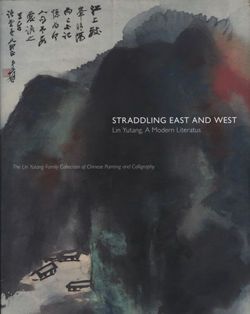Plum Blossoms
Qi Baishi Chinese
Not on view
This painting of a mauve blossoming plum is unusual in Qi Baishi's oeuvre because Qi loved the cheerfulness of bright red and usually painted plum blossoms in that color. The pendant branches intersect with one another, forming an abstract network of calligraphic lines that is barely organic. Qi Baishi's later plum paintings are primarily inspired by Wu Changshuo (1844–1927), who introduced an epigraphic aesthetic to the art of painting. In this work, the absence of spatial depth, the even width and smooth turns of the twigs, and the pronounced parallelism of the interlaced branches attest to Qi's indebtedness to Wu as well as his solid discipline in seal-carving and epigraphy. Qi's paintings are first of all reflections of things and feelings that he had personally experienced in life. In the case of plum blossoms, his fondness of this subject resulted from nostalgia for his hometown in Hunan, where his dwelling, named "Studio of Hundred Plums," was surrounded by a plum grove.
Due to rights restrictions, this image cannot be enlarged, viewed at full screen, or downloaded.
This artwork is meant to be viewed from right to left. Scroll left to view more.


